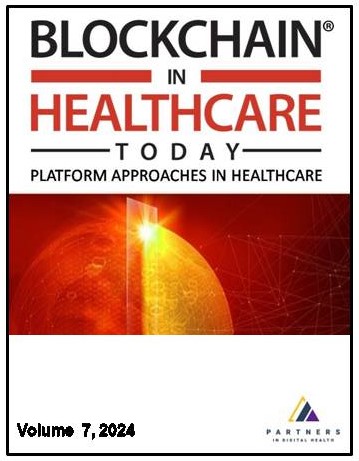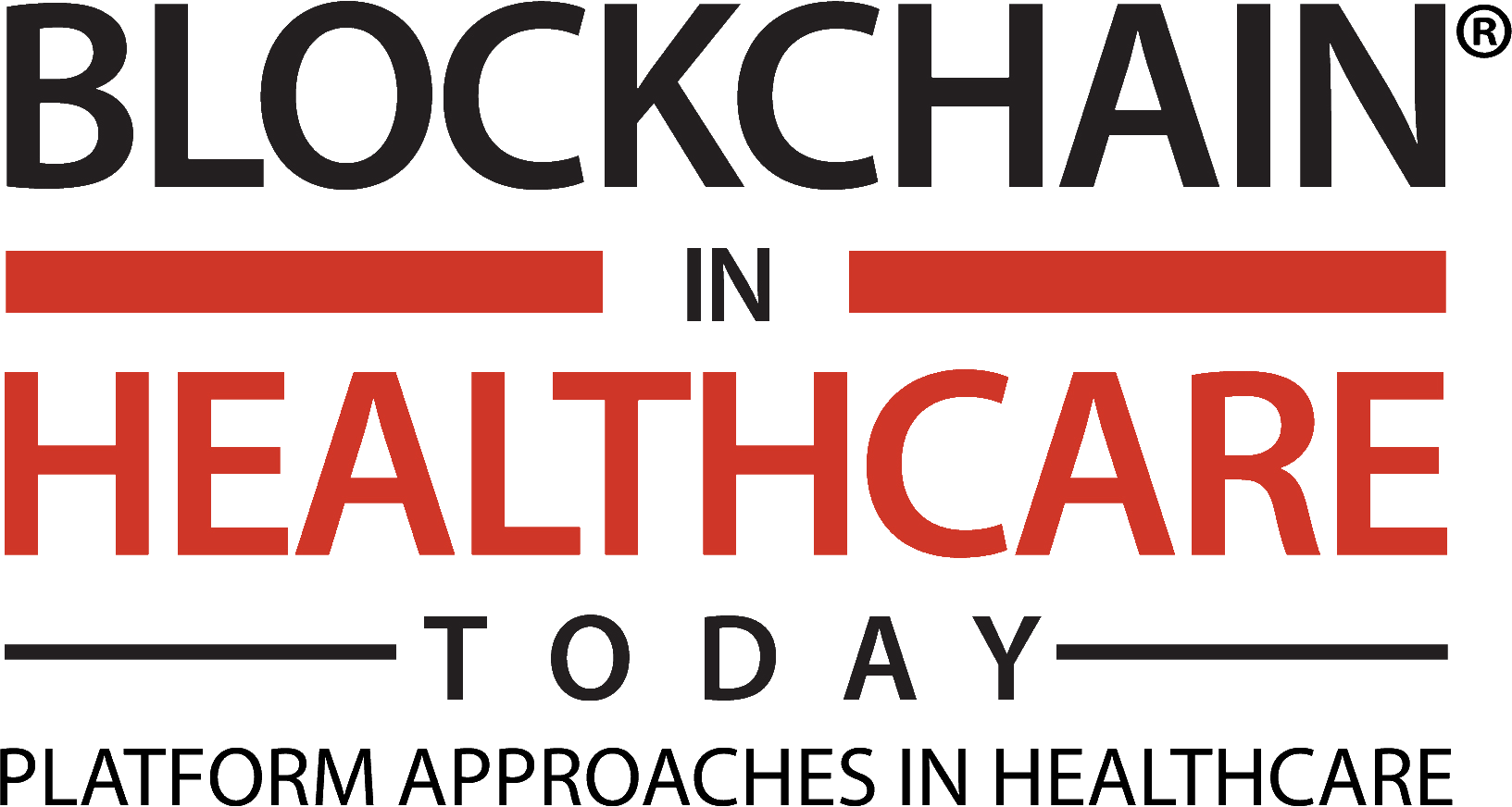
Additional files
More articles from Volume 7, Issue 3, 2024
Tracing the Blockchain Challenges in Healthcare: A Topic Modeling and Bibliometric Analysis
Leveraging Blockchain and AI for Pharma Supply Chain Efficiency
Systematic Review of Usability Factors, Models, and Frameworks with Blockchain Integration for Secure Mobile Health (mHealth) Applications
A Secure and Reliable Fog-Enabled Architecture Using Blockchain With Functional Biased Elliptic Curve Cryptography Algorithm for Healthcare Services
Ethics of Blockchain by Design: Guiding a Responsible Future for Healthcare Innovation
Article views
A Secure and Reliable Fog-Enabled Architecture Using Blockchain With Functional Biased Elliptic Curve Cryptography Algorithm for Healthcare Services
 ,
,
Abstract
Fog computing is an emerging technology that extends the capability and efficiency of cloud computing networks by acting as a bridge among the cloud and the device. Fog devices can process an enormous volume of information locally, are transportable, and can be deployed on a variety of systems. Because of its real-time processing and event reactions, it is ideal for healthcare. With such a wide range of characteristics, new security and privacy concerns arise. Due to the safe transmission, arrival, and access, as well as the availability of medical devices, security creates new issues in the area of healthcare. As an outcome, fog computing necessitates a unique approach to security and privacy metrics, as opposed to standard cloud computing methods. Hence, this paper suggests an effective blockchain depending on secure healthcare services in fog computing. Here the fog nodes gather the information from the medical sensor devices and the data is validated using smart contracts in the blockchain network. We propose a Functional Biased Elliptic Curve Cryptography Algorithm (FB-ECC) to encrypt the data. The optimization is performed using Galactic Bee Colony Optimization Algorithm (GBCOA) to enhance the procedure of encryption. The performance of the suggested methodology is assessed and contrasted with the traditional techniques. It is proved that the combination of fog computing with blockchain has increased the security of data transmission in healthcare services
Keywords
functional biased elliptic curve cryptography algorithm (FB-ECC),
References
Citation
Copyright
This is an open access article distributed under the Creative Commons Attribution License which permits unrestricted use, distribution, and reproduction in any medium, provided the original work is properly cited.
Article metrics
The statements, opinions and data contained in the journal are solely those of the individual authors and contributors and not of the publisher and the editor(s). We stay neutral with regard to jurisdictional claims in published maps and institutional affiliations.

